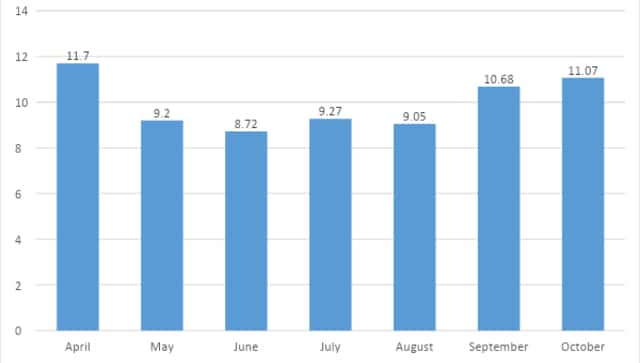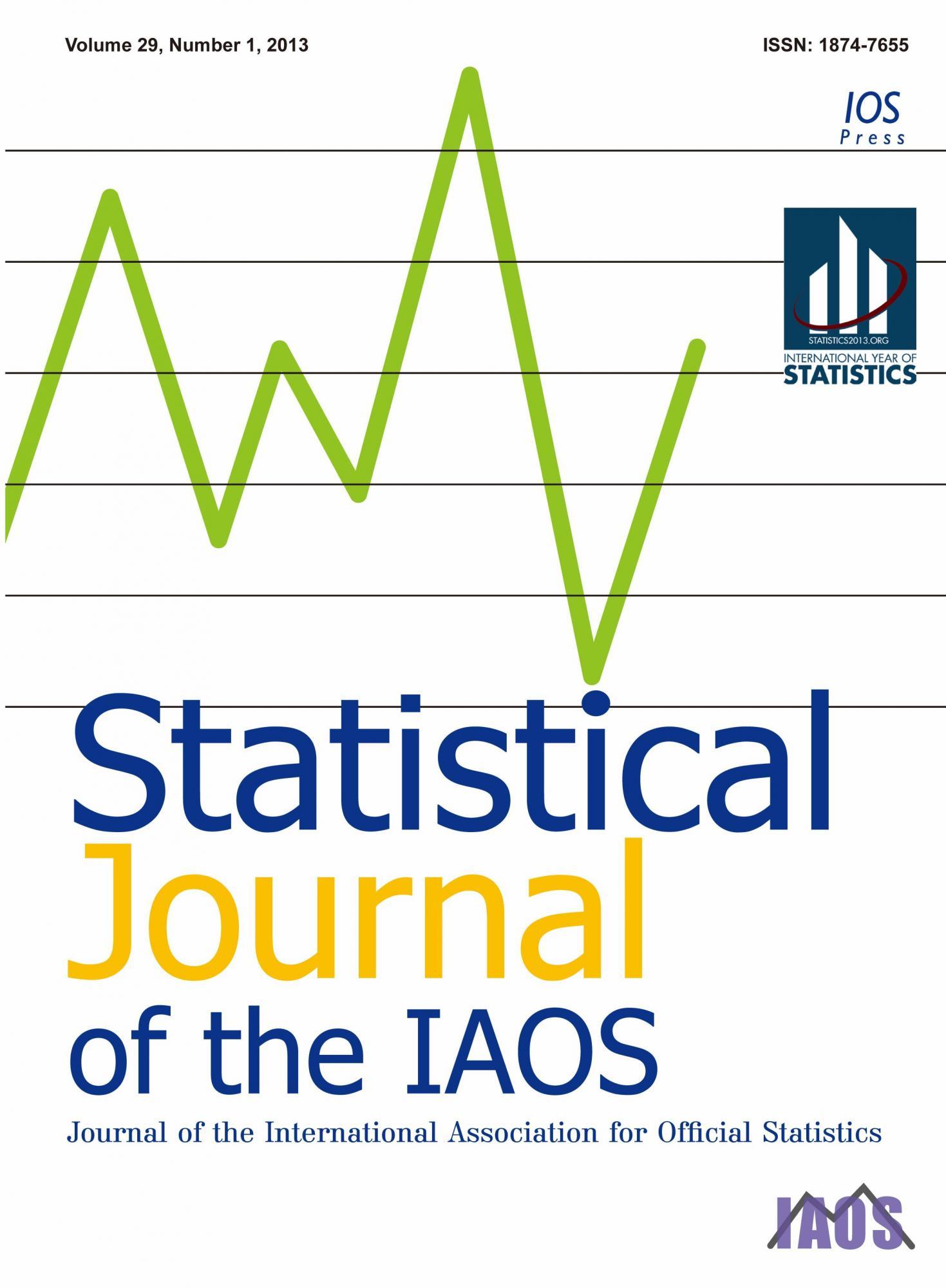

- #Un fundamental principles of official statistics how to
- #Un fundamental principles of official statistics professional
J&K: Nine dead, several injured after bus falls into gorge in Doda PM announces ex-gratia of Rs 2 lakh Uttar Pradesh Chief Minister Yogi Adityanath directed state police to file sedition charges against those celebrating Pakistan’s victory over India in the recent T20 World Cup match

Three J&K students arrested in Agra for 'cheering' Pakistan win against India in T20 World Cup
#Un fundamental principles of official statistics how to
Nirmala Sitharaman to attend G-20 joint finance, health meet in Rome tomorrowįinance and health ministers will discuss how to keep momentum in response to the pandemic and build on further coordination arrangements between the ministries Countries come together on this day to collaborate on statistical management and dedicate more effort to the process of gathering statistics. World Statistics Day celebrates the process of collecting, analysing, and interpreting huge amounts of massive data to contribute to the betterment of society. Statistics are indispensable to the social and economic development of any country. Statistics are immensely important to academic research as well as the development of civil society and businesses. The theme aimed at reflecting the importance of authoritative data, trust, innovation, and the public good in the statistical systems of nations. In 2020, the theme for the third World Statistics Day was “Connecting the world with data we can trust”. In 2015, the day was marked once again, with the theme of “Better data, better lives.” In 2015, it was also decided to mark the occasion every five years. The day was celebrated in honour of the continuous stream of information that the UNSD gives to people globally to ensure good governance, transparency and accountability. The first World Statistics Day was celebrated on 20 October 2010, with the theme “Celebrating the many achievements of official statistics”. The decision to observe World Statistics Day was taken at the 41st session of the UN Statistical Commission in February 2010. But the Commission adopted the Fundamental Principles of Official Statistics in 1994 only. The UN’s Statistical Commission was formed in the year 1947. The global campaign is coordinated by the Statistics Division of the UN’s Department of Economic Affairs (UNSD). The UN will observe the next World Statistics Day on 20 October 2025, in accordance with its tradition of marking the day every five years. World Statistics Day is organised under the United Nations Statistical Commission every five years. The day aims to create awareness about the achievements of official statistics that were based on the values of service, professionalism, and integrity. The day is celebrated to mark the importance of statistics in human lives. The Information Quality Act ensures that the quality of infomration collected is commesurate with its intended use and provides a means for the public to challenge (and thereby ensure) the quality of information collected.Every five years, World Statistics Day is marked on 20 October. The Confidential Information Protection and Statistical Efficiency Act protects the confidentialty of information provided for solely statistical purposes.
#Un fundamental principles of official statistics professional
For coding purposes, we consider three most relevant: the Paperwork Reduction Act, which gives authority to the Administrator of the Office of Information and Regulatory Affairs to designate a Chief Statistician with professional credentials and to designate the responsibility of ensuring official national statistics reflect relevance, accuracy, and objectivity.

In the US, several national laws providing this coverage are relevant. Actual indicator availableĮxistence of national statistical legislation that complies with the Fundamental Principles of Official Statistics Please note that even when the global SDG indicator is fully available from US statistics, this table should be consulted for information on national methodology and other US-specific metadata information. This table provides metadata for the actual indicator available from US statistics closest to the corresponding global SDG indicator.


 0 kommentar(er)
0 kommentar(er)
